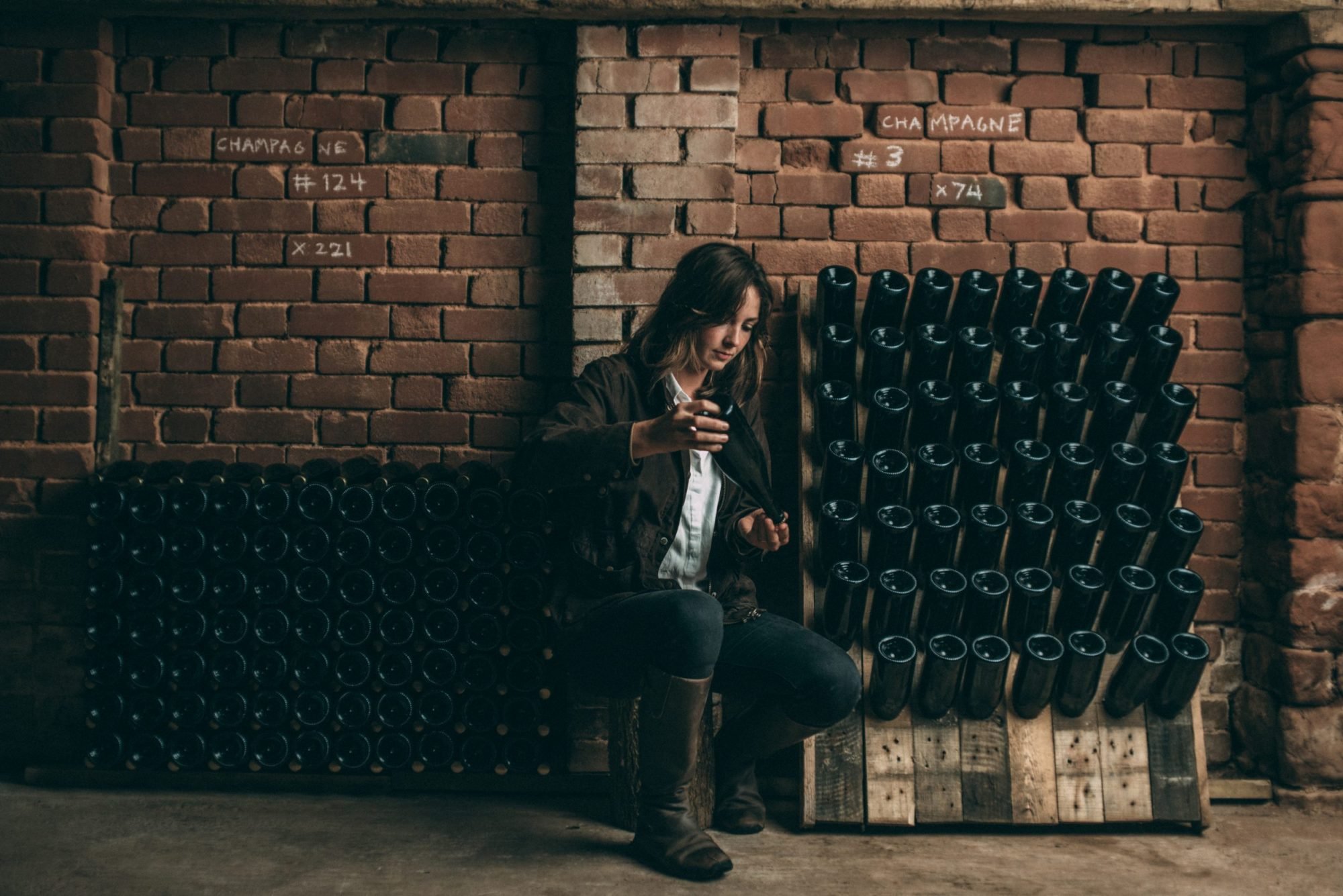METHODS
HARVEST
The quality of the fruit we bring to the press has a paramount influence on the quality of cider we produce. No chemicals are sprayed on our apples, we hand harvest to ensure only the best fruit is selected & pick only at the optimum point of maturity. No rotten apples make their way to the press. At harvest, the age of the tree, the apple varieties, their balance of acidity, sugar & tannins and their maturity at time of picking are all taken in to account. These variables create different styles of cider and lend themselves to different methods of production.
METHODS OF PRODUCTION
TRADITIONAL METHOD / METHODE TRADITIONELLE
We use the same techniques used to produce the finest sparkling wines such as Champagne to create crisp, clean, dry, sparkling ciders that are excellent as an aperitif, perfect for celebrations or for pairing with foods such as seafood.
We hand pick varieties with fresh acidity to create a clean and refreshing style. A spontaneous primary fermentation with no additions, to give the purest reflection of the Exe valley terroir and unique apple varieties, ends after nine months. As we blend and transfer the resulting ‘vin clair’ to bottles, we analyse the residual fermentable sugar remaining in the base cider and add champagne yeast and sugar to produce fine bubbles that become trapped in the bottle during secondary fermentation. The bottles are then left to rest for just over two years on the Champagne yeast lees in a cool, dark, Devon barn, where the thick sandstone walls maintain a constant temperature year round.
After two years the long, slow process of hand riddling & disgorgement begins; giving each bottle a 1/8 turn each day, with a short twist & tilt to ensure the champagne yeast sediment accumulates in the neck of the bottle ready for disgorging. We disgorge every bottle by hand to remove yeast sediment to obtain perfectly clear sparkling cider. It requires very quick, precise removal of the temporary cap. Only a few hundred bottles can be riddled at one time, therefore our releases are intermittent and you may notice small changes over time where the time spent on champagne yeast and resulting autolytic character develop.
KEEVING
No yeast, sugar or sulphite are added to our wildly aromatic, intensely apple-y keeved ciders, which showcase the characteristics of the apple varieties that make them.
In the depths of winter we carefully select the latest-ripening apple varieties, searching for those with enough tannin and acidity to balance a high level of residual apple sugar. We wash and sort them meticulously to help ensure only the wild yeasts that we want are present.
After milling, we macerate the apple pulp; pectins leach from the apple cell walls in to the juice, developing a deep, rich amber colour. Keeving weakens the natural wild yeast fermentation enough for us to safely bottle the cider while a long, slow fermentation is still happening (before the yeasts have consumed all the apple's natural sugars.) This creates cider with just a slight sparkle & plenty of residual sweetness.
pét-nat (THE ANCESTRAL METHOD)
Pétillant naturel (pét-nat) describes a natural sparkle that has been captured by bottling towards the end of primary fermentation. We often ferment our pet nat ciders in contact with apple skins to maximise the fruitiness & complexity.
STILL
We have recently added still, dry cider to the portfolio. This is racked for clarity but is not filtered.

